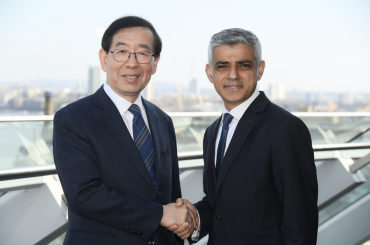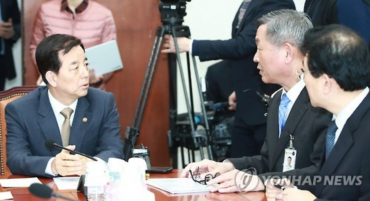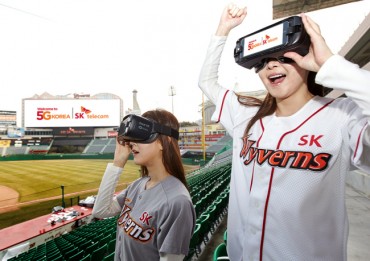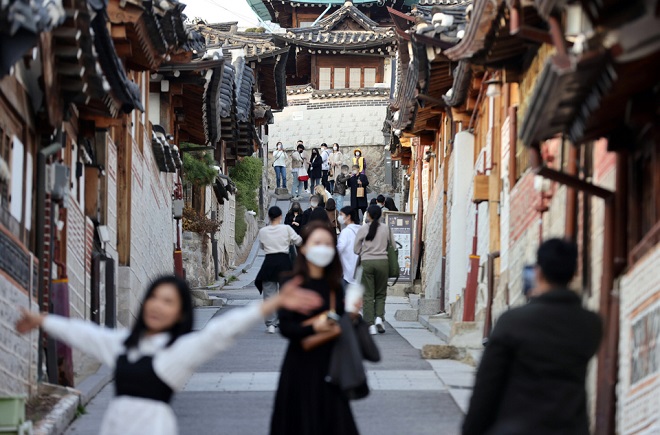
People walk on a street in Bukchon Hanok Village in Seoul’s Jongno district on Oct. 31, 2021. (Yonhap)
SEOUL, May 30 (Korea Bizwire) — The Seoul Metropolitan Government plans to change its policy in Bukchon Hanok Village and Insa-dong in central Seoul, allowing coffee sales in these traditionally tea-focused areas.
This shift is driven by changing consumer preferences and the desire to revive the declining traditional tea market.
By permitting coffee sales alongside traditional teahouses, the government aims to foster competitiveness and encourage a diverse food and beverage culture.
Gahoe-dong in Bukchon and the vicinity of Insadong-gil street are the areas affected, marking the first official approval of coffee sales since the establishment of their district plans.
The amendment specifies that coffee sales will be permitted alongside traditional beverages, food, and other related establishments.
Additionally, the Insadong District Unit Plan will remove the exclusion of coffee from the definition of a traditional teahouse, allowing its sales incidentally.
Seoul is also initiating a comprehensive management plan for the historic hanok (Korean traditional houses) areas of Bukchon Hanok Village and Insadong.
The previous district-level plan was last updated in 2009, making a revision long overdue.
Recognizing the urgency to update the outdated plan and develop a new urban management strategy, the city aims to preserve these areas as traditional cultural streets and support the growth of the traditional craft industry.
Moreover, the city plans to establish a specialized management plan for commercial hanok and redefine height and density standards, taking into account surrounding development projects.
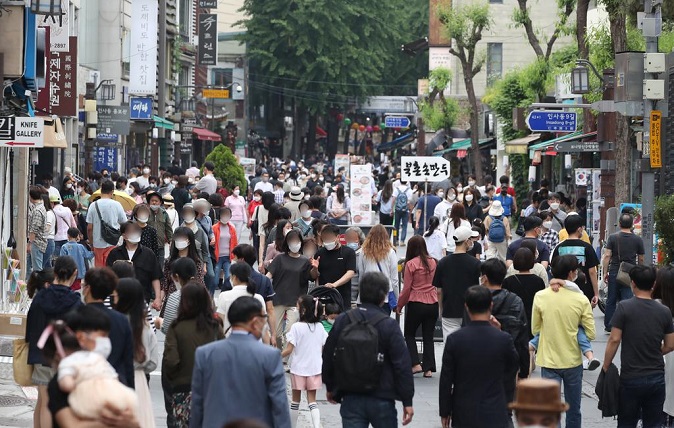
People flock to Insa-dong, a major tourist spot full of art galleries, antiques and handcrafts stores, in downtown Seoul on May 23, 2021. (Yonhap)
The plan also addresses long-standing unimplemented urban planning facilities such as Eastern Culture Yard of Insadong and Min Yeong-hwan Square, which will be integrated into the new management plans.
In Gahoe-dong, Bukchon, a revitalization plan centered around the Jeongdok Library is being developed.
It involves creating a public walking path, installing convenience facilities for residents, and operating a public hanok. Private investment in living facilities will also be encouraged.
To address parking issues, the construction of an underground parking lot for the library is under consideration, pending consultation with the Seoul Metropolitan Office of Education, which manages the library.
The city aims to finalize the Bukchon Urban Revitalization Plan next month after gathering input from the city council and deliberations by the Urban Regeneration Committee.
These initiatives reflect Seoul’s commitment to preserving the cultural heritage of Bukchon Hanok Village and Insadong while promoting sustainable urban development and improving the quality of life for residents and visitors alike.
Ashley Song (ashley@koreabizwire.com)



